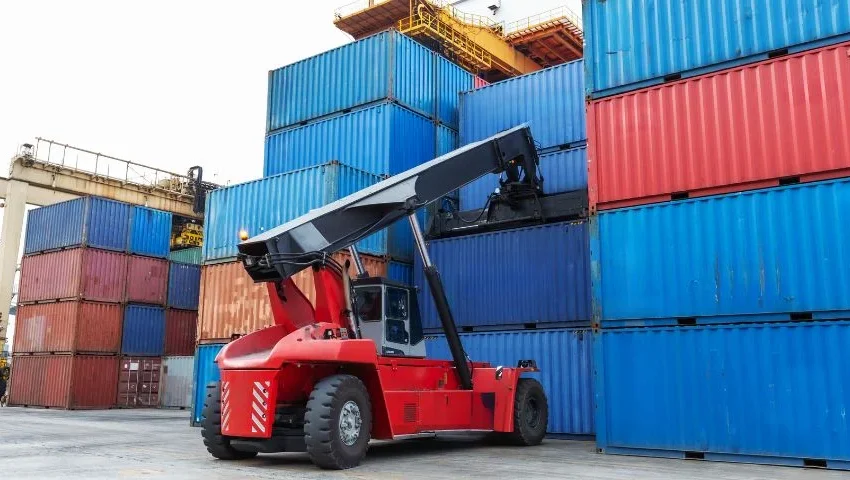
Choosing the right material handling solution is vital for both efficiency and cost-effectiveness. This is especially true for cargo handling services in ports and container terminals across India and the USA. Having many types of heavy equipment in the market, including reach stackers, container handlers and forklift trucks, it is not always easy to choose the one that would best fit your particular port or container handling requirements.
This blog unravels the major distinctions, applications, and considerations to enable logistics managers in Mumbai, shipping companies, and port operators in the USA to make qualified equipment decisions.
Understanding the Equipment: What Sets Them Apart?
Reach Stackers are general purpose machines that are mainly used to stack and transport containers over short distances. They can be stacked on top of each other in several rows and the nature of their telescopic boom permits both horizontal and vertical scope. Well suited in port yards that have small spaces, reach stackers are also flexible to services associated with stacking containers in congested areas.
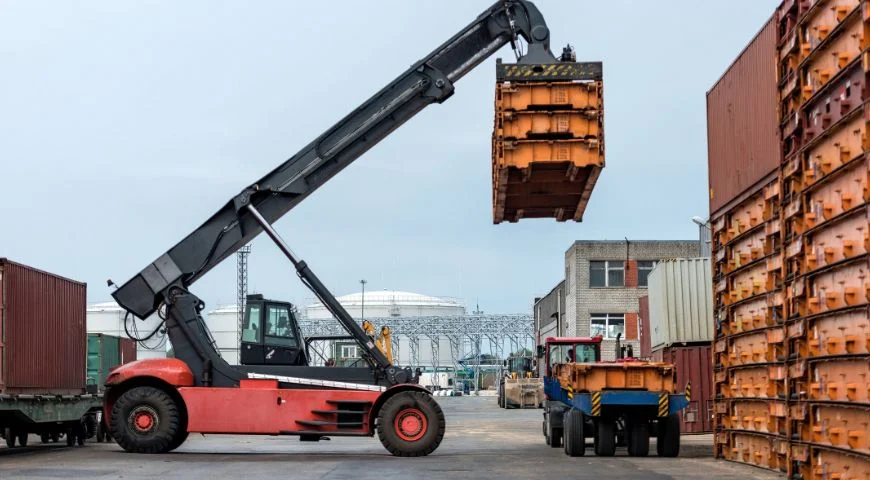
Container Handlers or straddle carriers/specialized container forklifts are designed to hoist and transport heavy containers to greater distances. They are bigger than regular forklifts and have strong lifting capacities and are meant to move containers accurately in the ports or the storage yards. Their design fits high throughput terminals where volume and speed of containers throughput are a consideration.
Forklifts with high capacity of forklift cranes are versatile machines that are mainly employed in lifting, loading, and offloading. Although they are not directly designed to stack on height, as reach stackers are, forklifts remain necessary in the routine handling of cargo, airport ground handling equipment operations, and inland logistics operations. They are great in warehouses, smaller yards and complicated sorting of cargo.
Key Point 1: Capacity and Operational Needs
The decision on which of these machines to get usually depends on the load carrying capacity and working conditions. Reach stackers are normally used between 30 to 45 ton loads, which is ideal in loading a range of container levels. Moreover, container handlers can handle equal or greater loads and are specialized for long-haul container transport across port areas.
Forklifts are available in many types, with some being small-capacity that can be used to carry lighter loads and those that can carry heavy loads of 10 to 15 tons and above. When shipping companies in India and the USA have different cargo such as pallets and containers, they have the flexibility of handling them using forklifts with an added advantage of being versatile.
Key Point 2: Space and Layout Considerations
A large consideration in the equipment choice is space. Reach stackers have a smaller footprint compared to container handlers and are able to work in a smaller port yard. The size and maneuvering radius of container handlers normally require more space to operate.
Forklifts also perform highly in areas with limited space like in warehouse aisles and loading docks. In the context of forklift rental service or purchase, the companies ought to evaluate existing yard plans and future space requirements to implement equipment to complement their space arrangement.
Key Point 3: Maintenance, Cost, and Support
Both SMEs and large port operators are dependent on economic considerations. Container handlers and reach stackers are large capital investments such as the increased maintenance and special service needs. You can avoid downtime and control costs by choosing reputable forklift truck dealers and hiring companies that offer annual maintenance contracts.
The forklifts are also less complex in nature and their maintenance is often cheaper and forklift parts are easily available. Indian firms and American companies that rely heavily on forklift rentals in Mumbai and similar services can count on Mazda Movers for quality equipment and customized support in port and container handling.
Conclusion: Finding the Right Fit for Your Port Operations
A thorough evaluation of load requirements, working space, and cost considerations will determine the choice of a reach stacker, container handler, or forklift. The ports and shipping companies of India and the USA enjoy the advantages of a balanced fleet in which every machine is complementary to the other- streamlining the cargo movement as well as optimizing the throughput.
To get good equipment, professional forklift services, and customized rental services, collaboration with Mazda Movers confirms the high quality of material handling solutions that have years of experience in the services of ports and warehouses.
To get more information and updates about port equipment and logistics solutions, follow Mazda Movers in Instagram, LinkedIn, and Facebook. Make quality equipment decisions now to drive your cargo handling success tomorrow.


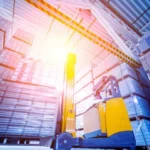
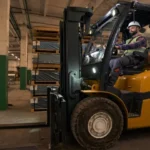
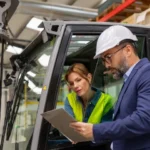
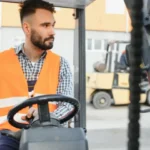
Yogesh Dahibavkar
November 7, 2025This comparison helped me understand the strengths of each equipment type for port container handling.